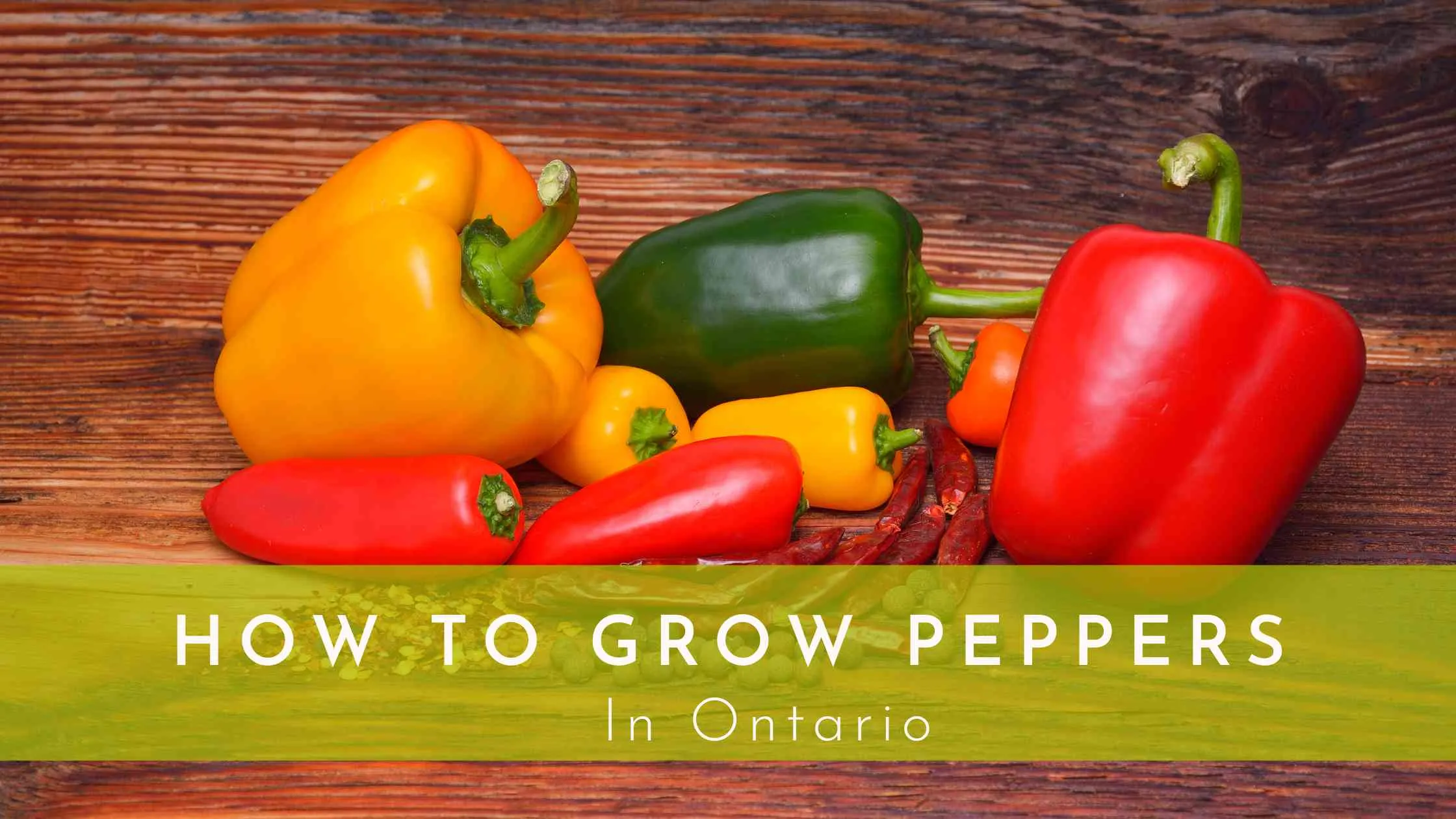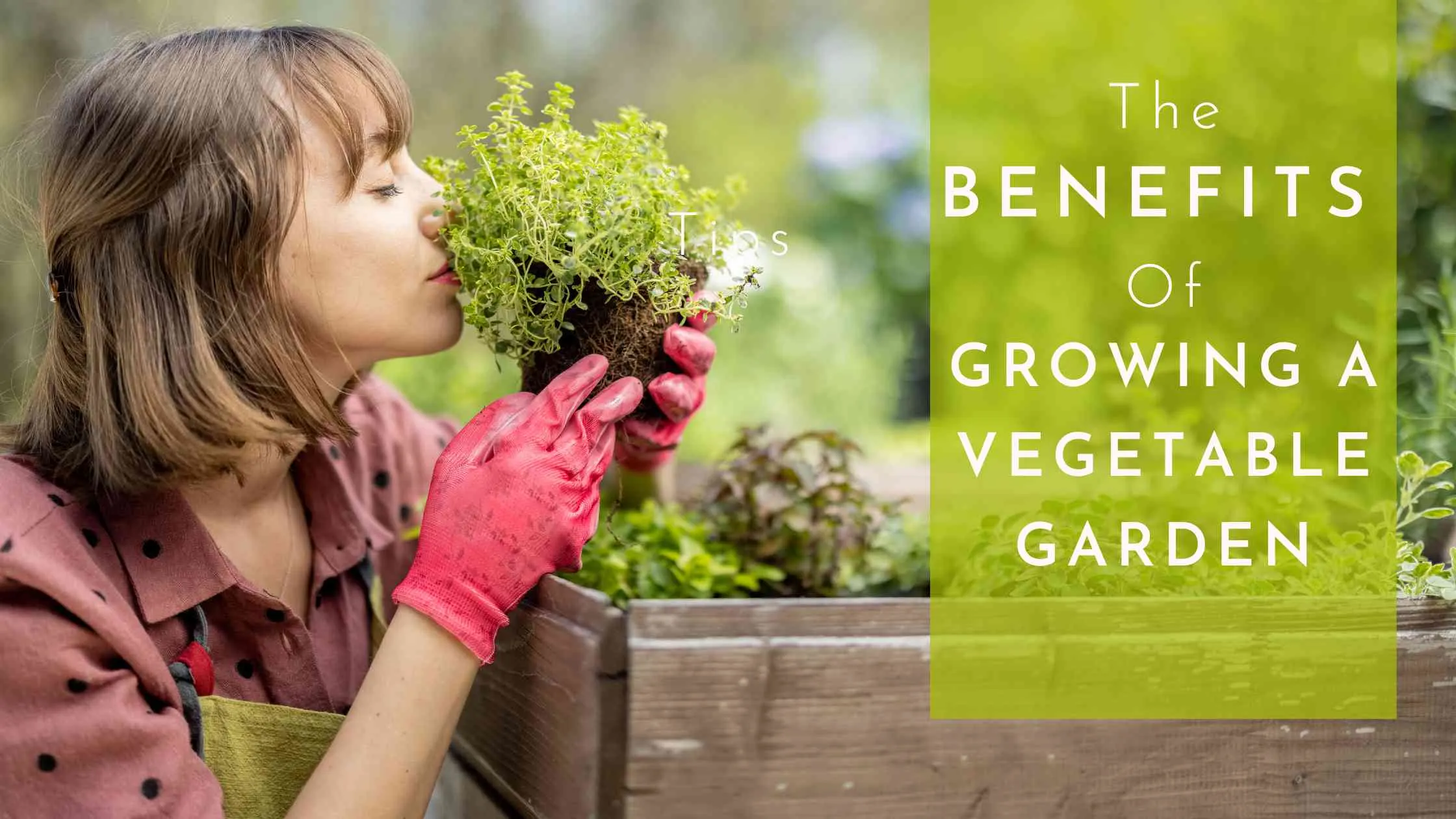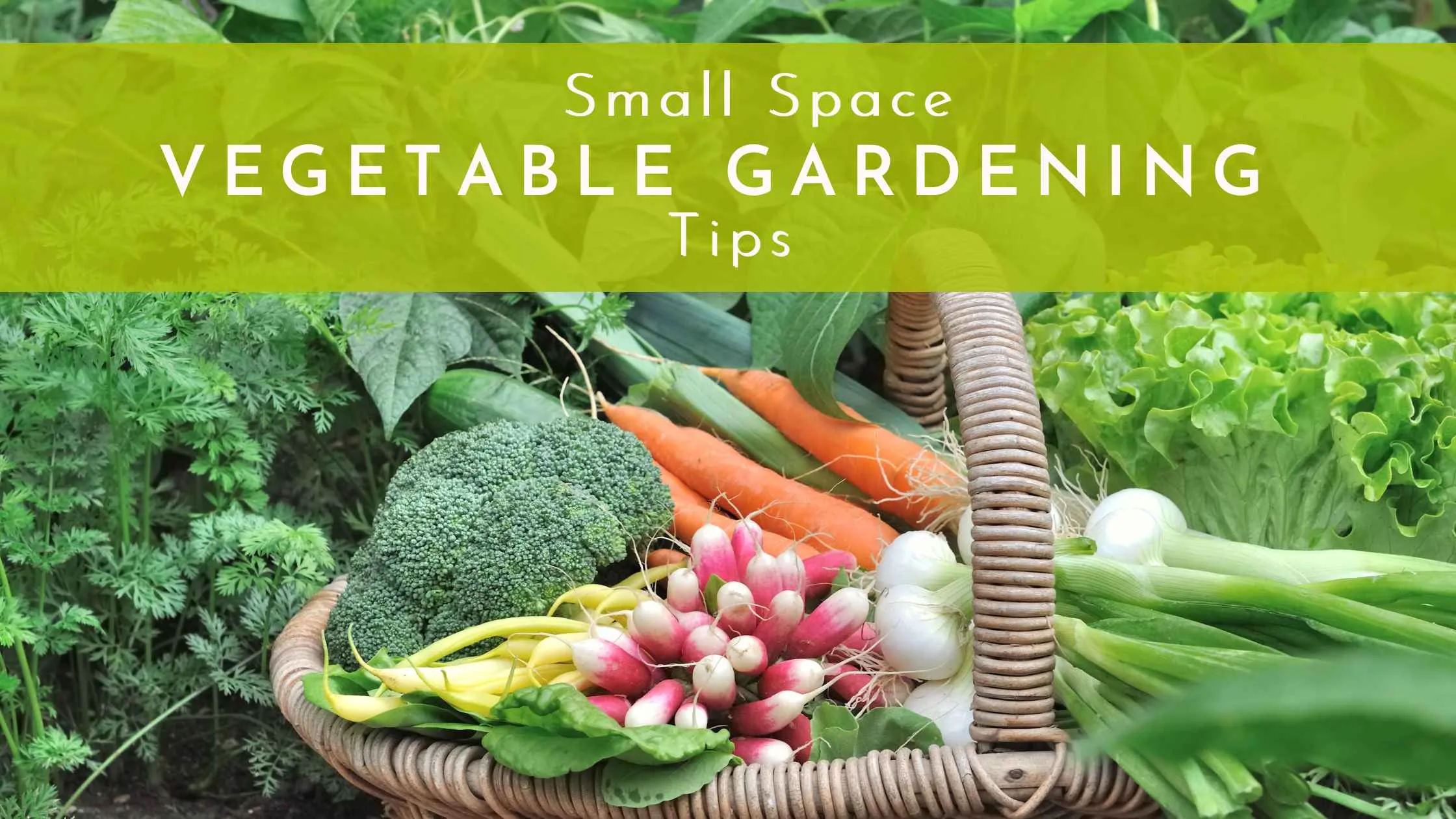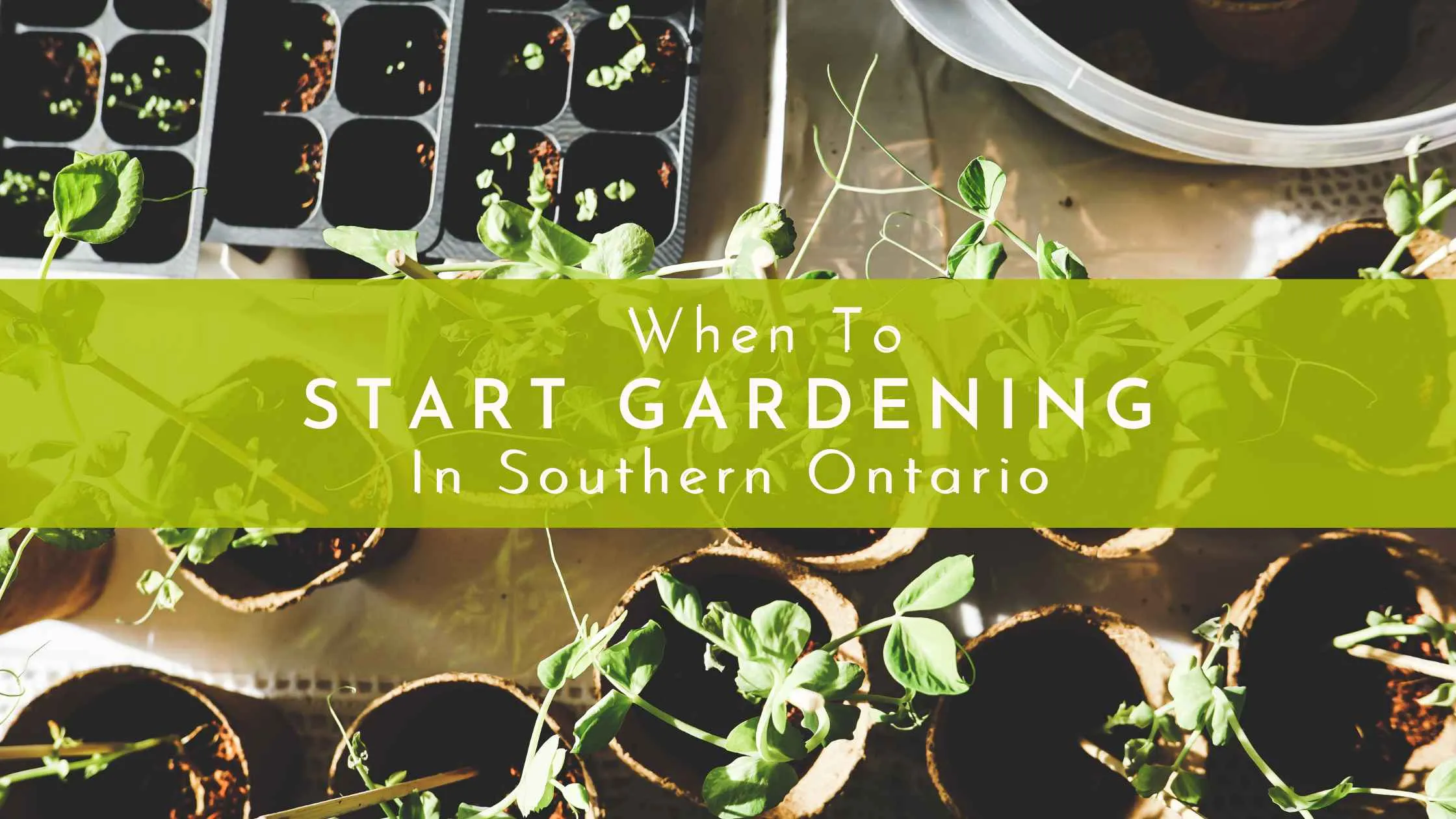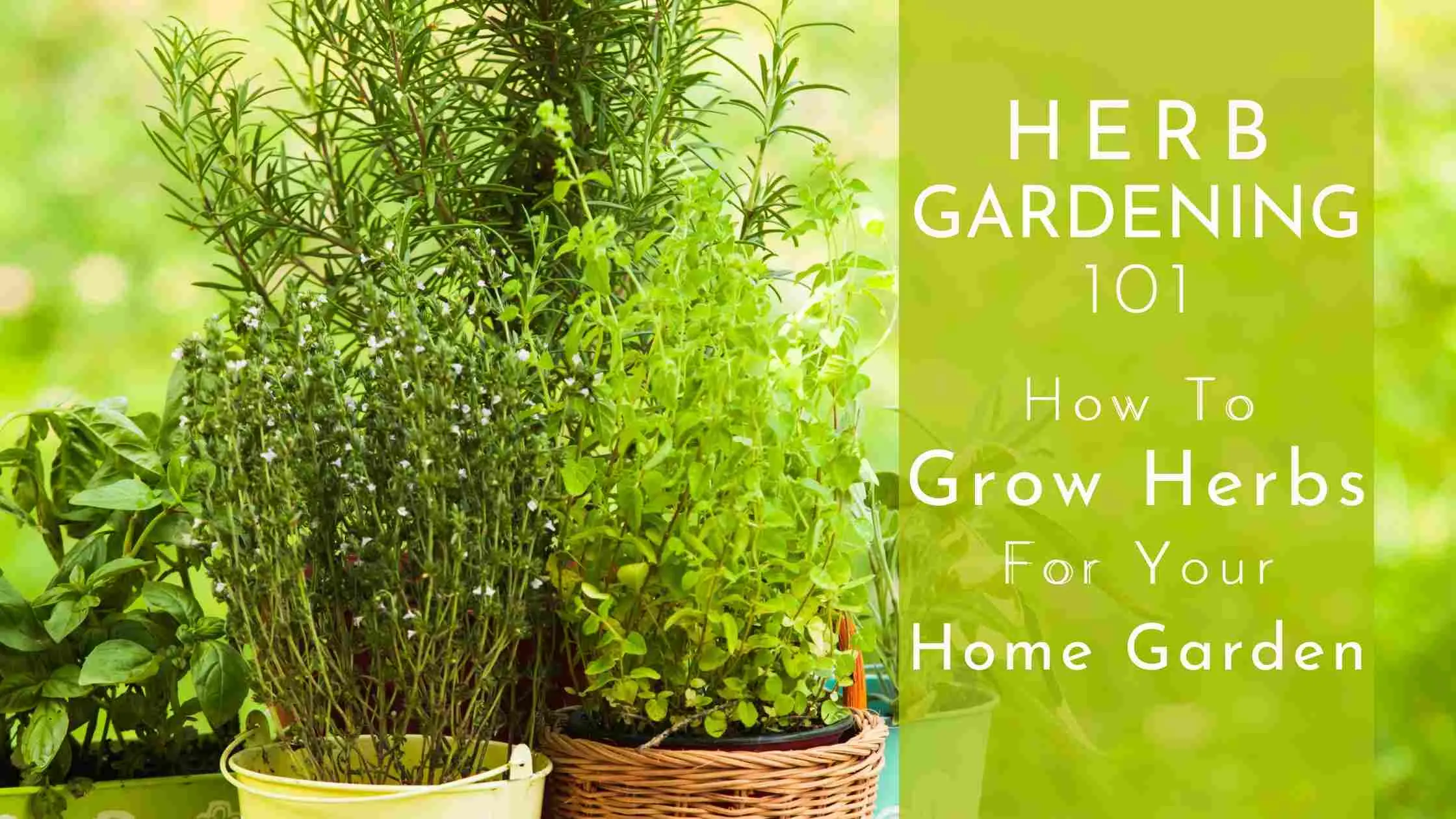Climate Change Gardening: Adapting To A Warmer Climate
If you love gardening as much as I do, then you're probably already aware of how much your plants depend on the climate.
Have you ever thought about what is happening as the climate changes? It's a hot topic (pun intended), and it's one we gardeners need to understand. So, let's dive into the fascinating world of climate change gardening!
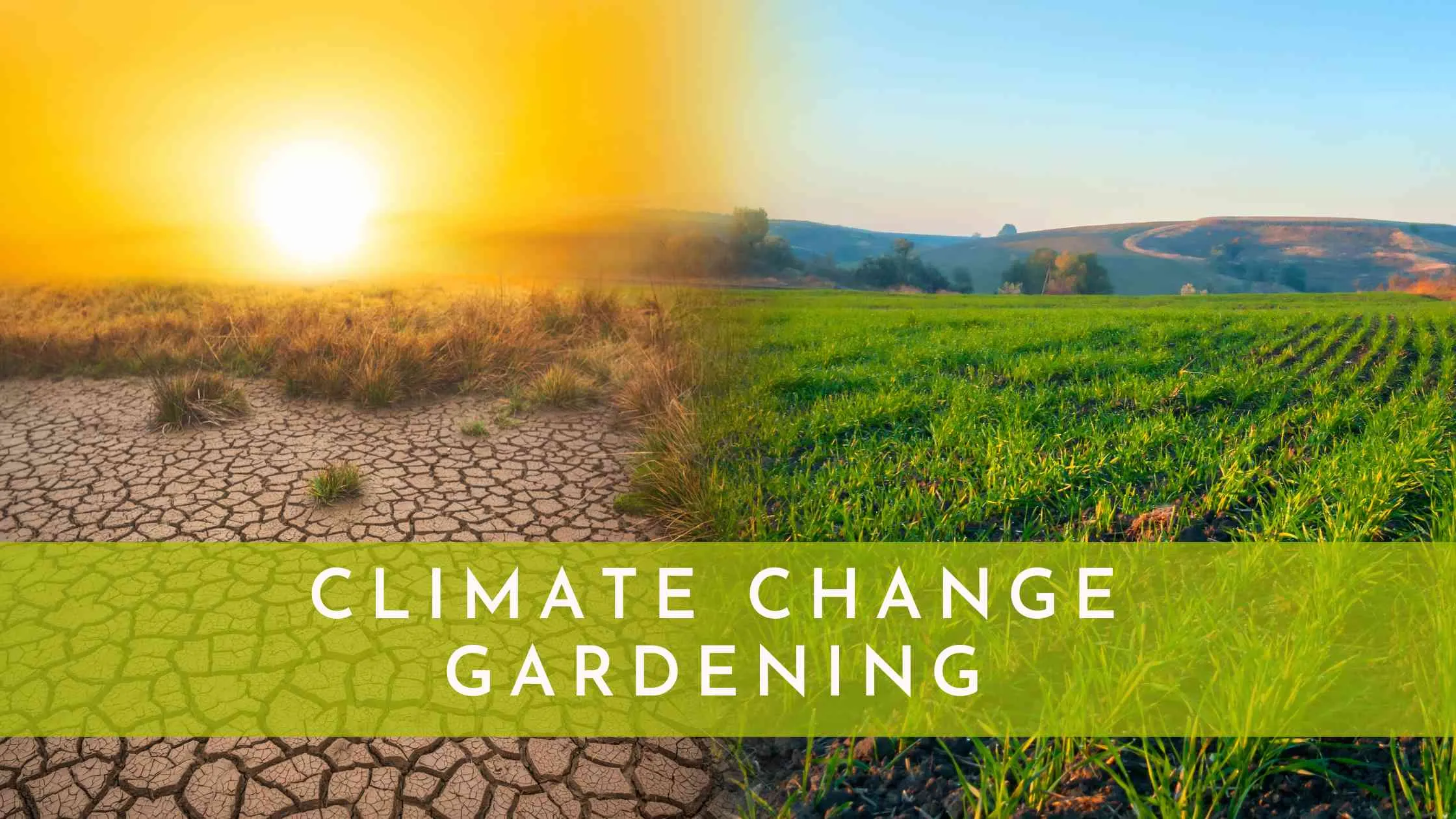
So what is climate change? Climate change is when long-term weather patterns shift over a significant period of time. It has been happening for a long time now, and the Earth's temperature has been getting warmer faster than ever before. This can make it tough for our favorite plants to grow like they used to.
So, what do we do? We can adapt and learn how to garden in ways that are good for our changing world. Welcome to climate change gardening!
What Is Climate Change Gardening?
Climate change gardening is all about understanding our changing world and tweaking the way we garden to match it. It's about growing plants that can handle hotter temperatures and less predictable weather. It's also about using techniques that help fight climate change instead of adding to the problem.
For example, in some places, summers are becoming hotter and drier. In these areas, climate change gardening might mean choosing plants that can handle lots of sun and not much water. But in other places where winters are becoming milder, it could mean growing plants that can thrive in warmer winter temperatures.
Gardening Techniques To Battle Climate Change
Climate change gardening isn't just about what you plant—it's also about how you plant and care for your garden.
One way to help your garden cope with changing weather is by using mulch. Mulch is a layer of material you spread over your soil, and it can be made out of lots of things like compost, straw, or even small pebbles. Mulch is like a superhero cape for your garden—it helps protect your plants from too much heat, keeps the soil moist on dry days, and can even help stop weeds from growing.
Another technique is to catch and store rainwater for drier days. Catching rainwater can be as simple as placing a barrel or large container under your roof's downspout. Then, when it rains, the water collects in your barrel and you can use it to water your garden when it's dry.
Become A Citizen Scientist
By observing what's happening in your garden and sharing your observations, you can help scientists understand more about climate change. This is called being a "citizen scientist."
For example, you might notice that a certain type of butterfly that used to visit your garden doesn't come around anymore. Or maybe a bird that used to come back every spring has started coming back in the winter instead. By noting these changes and sharing them with scientists, you can help add to our collective understanding of climate change.

Choose Climate-Resilient Plants
The first step to becoming a climate change gardener is choosing the right plants.
Heat-tolerant plants and plant varieties are a great choice, especially for those extra hot and sunny summers. Plants like succulents (think cacti) and many types of herbs, like rosemary and thyme, love the sun and don't need much water.
If your area is getting more rain than it used to, consider plants that love a good soak. Willow trees and ferns, for example, are great at soaking up excess water.
Some plants are tough and can handle a variety of conditions. These are called "hardy" plants. Sunflowers, for instance, are a super fun and hardy plant to grow. They can handle heat, they're drought-resistant, and they're pretty to look at too!
Plan Watering Wisely
Water is precious, and climate change is making it even more so in some parts of the world. Planning how you use water in your garden is an important part of climate change gardening.
When should you water your plants? The best time is usually in the early morning or late evening when it's cooler. That's because less water will evaporate in the cool temperatures and more will get to your plants.
Also, how you water your plants can make a difference. A drip irrigation system, for instance, delivers water directly to the base of the plants, reducing water waste. If you don't have a drip irrigation system, that's okay! You can also water the base of your plants using a watering can.
Create Shade For Your Garden
Trees absorb carbon dioxide (a greenhouse gas) from the air and release oxygen, making them essential allies in the fight against climate change.
Planting trees in your garden can provide much-needed shade for your other plants, help preserve moisture in the soil, and provide habitats for birds and other creatures. Plus, they add beauty to your garden!
If your garden is too small for a tree, don't worry. You can create shade using other methods like installing a shade cloth or growing climbing plants like ivy on a trellis.
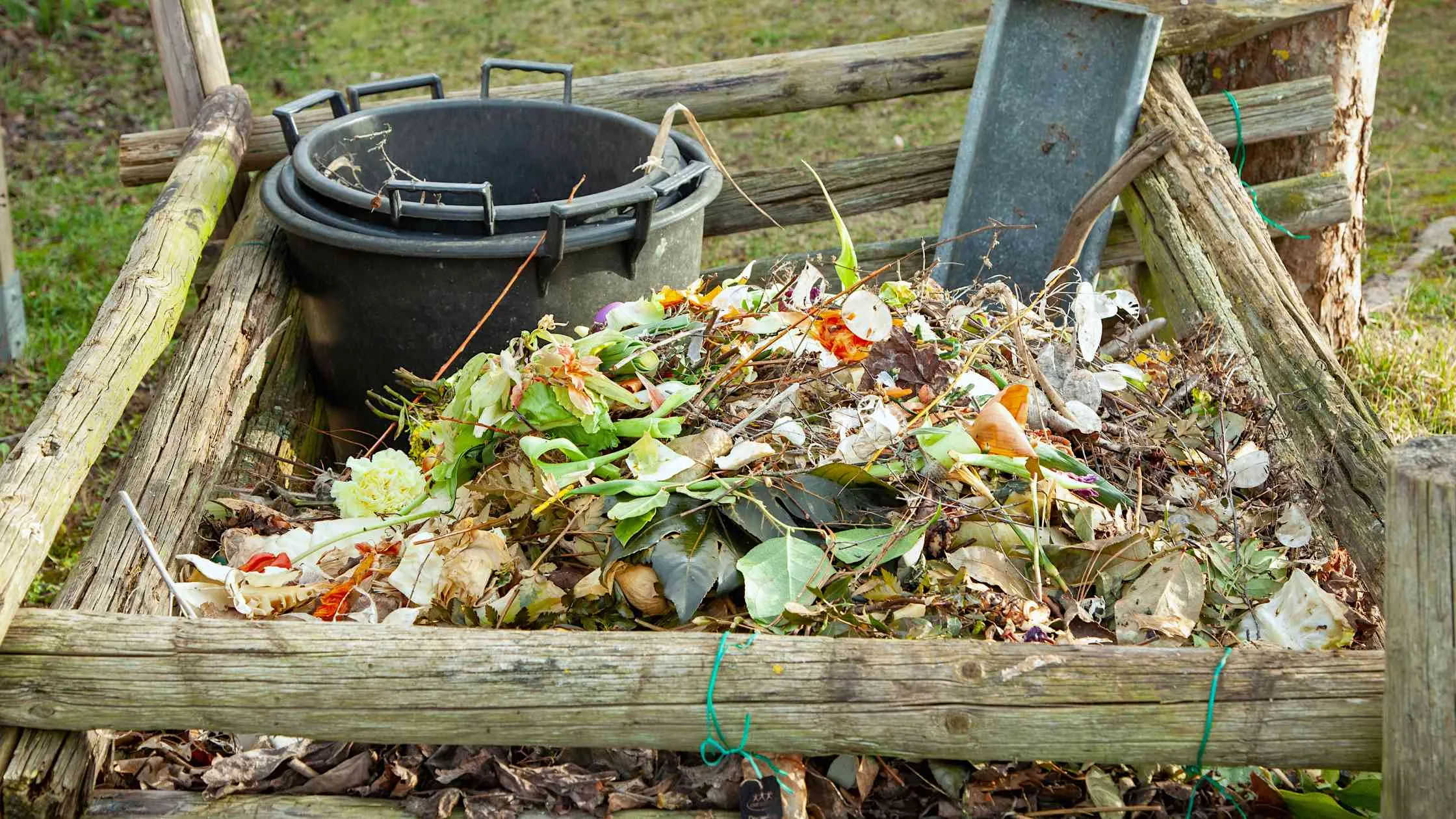
Organic Gardening: A Gift to Nature
Now that we've chosen resilient plants and figured out some handy techniques, let's look at another aspect of climate change gardening - going organic! Organic gardening is a method that avoids using synthetic fertilizers and pesticides, which can harm the environment.
Choosing to go organic can help your garden be more climate-friendly. How, does going organic help? Well, synthetic fertilizers and pesticides can end up in our water systems and harm wildlife. Plus, the production of these synthetic products releases greenhouse gases, which are the main drivers of climate change.
So, what do you use instead? Use compost. You can make it at home from kitchen scraps like fruit peels, vegetable scraps, coffee grounds, and eggshells. When you add compost to your garden, it feeds your plants with rich nutrients and helps the soil hold water.
Caring For The Environment
By choosing resilient plants and using smart gardening techniques, you can create a garden that not only survives in a changing climate but thrives.
Climate change can seem like a big challenge, but by gardening in climate-smart ways, we can each make a difference. Share what you've learned with others! Maybe you could help a friend start their own climate-friendly garden or teach your family about composting. Plus, we get the joy of seeing our garden grow and thrive, even in a changing climate. Keep up the great work, gardeners!
It doesn't matter if you're growing a single plant in a pot or a big garden in your backyard. Every plant counts. And so does every gardener. Let's keep learning, growing, and making our world a better place—one garden at a time.

